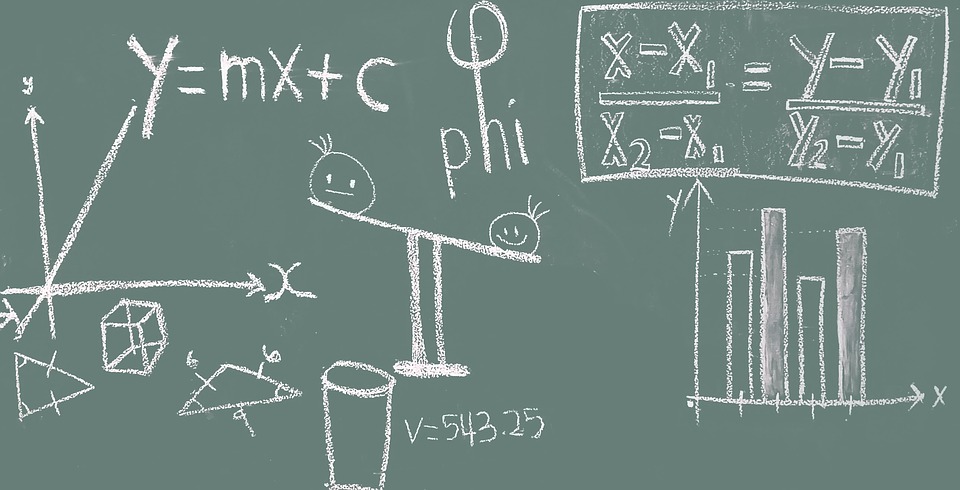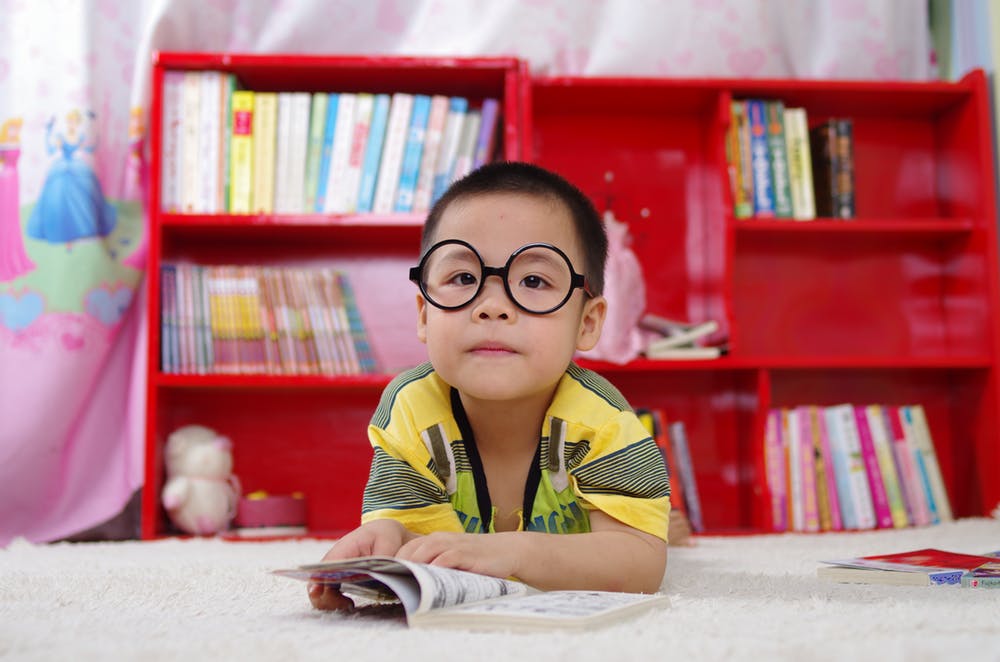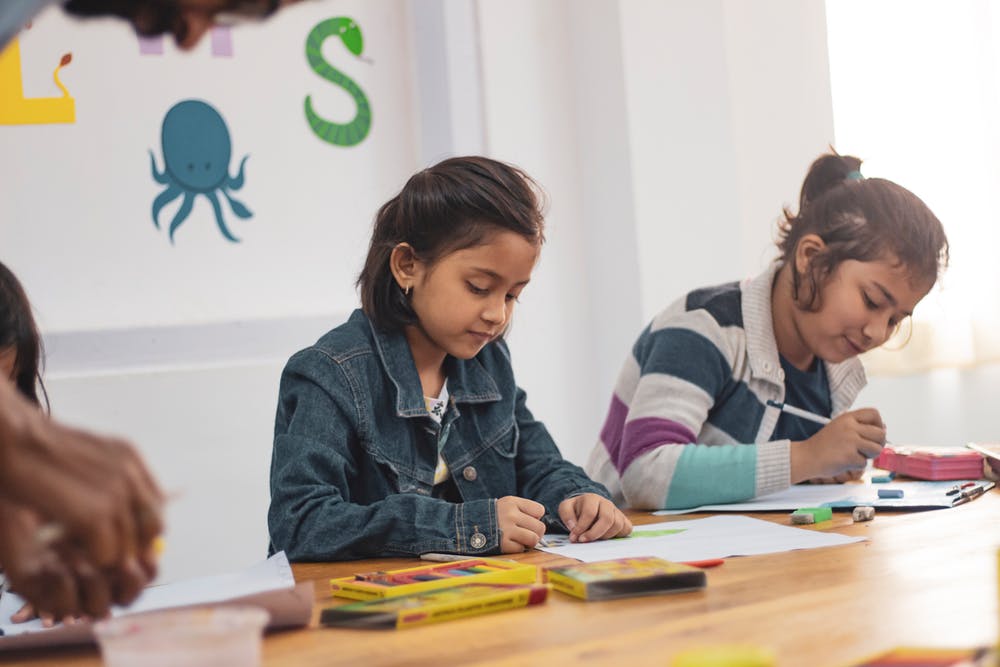Most mathematicians would say there is beauty in math but beauty is subjective, in the “eye of the beholder.” However, there are compelling reasons why math and art belong together in school. Semir Zeki, a neuroscientist at University College London, conducted a study along with other scientists that found that “mathematical beauty is linked to activity in the same region of the brain as beauty from sensory sources.”
The medial orbitofrontal cortex, which is the sensory area, is very active when the mathematician saw something he/she thought was beautiful. The findings indicated that beauty can be found in math as well as art.
Merging these two subjects makes sense especially for students who struggle with math as it could improve comprehension and performance. There are some distinct advantages to teaching them together.
Benefits of Combining Math and Art
It’s more fun! Math is often associated with boredom and difficulty which could change when combined with art.
Math is a fundamental foundation of art. Think of how much geometry is in architecture, sculpture, and painting.
Scientists “found that van Gogh’s art, in particular in paintings from periods when his mental illness was at a peak, mirrors natural turbulence down to mathematical precision.”
The two can boost creativity and brain-building as they cause new connections and thinking patterns.
Art is a way to be more hands-on with math, often making math more understandable.
Visualizing mathematical concepts and calculations through art can bring accessibility to students.
Technology combines math and art when images are produced in color simulation, prompting the question, “Is it math or art?”
The Golden Ratio has been used for hundreds of years to produce balance in art. “Without mathematics, there is no art,” said Luca Pacioli, a contemporary of Da Vinci.”
Activities That Naturally Combine Art and Math
Complete a self-portrait by copying half of the student’s face onto a piece of paper and discuss proportion and symmetry. Then allow them to sketch the other half of their faces. They are usually amazed at how well they can draw the other half.
Using the app InspirARTion, teach students about radial balance, lines of symmetry, and the color wheel. Then set them loose to create gorgeous designs on their own.
Create Positive and Negative designs using two colors of paper, with one larger than the other. They cut out a design from the smaller one and flip it over to glue to the larger, creating a design.
Teach line, shape, and pattern with an Optical Illusion art activity.
Teach the Fibonacci number sequence using a compass and colorful construction paper on a white background.
Mathematician purist, the brilliant G. H. Hardy, said, “A mathematician, like a painter or a poet, is a maker of patterns.” He proposed that the purpose of math is not solely skills and understanding, but also the beauty of patterns and designs.
If merging math and art can increase a student’s love and comprehension for those subjects, why would we ever object?






